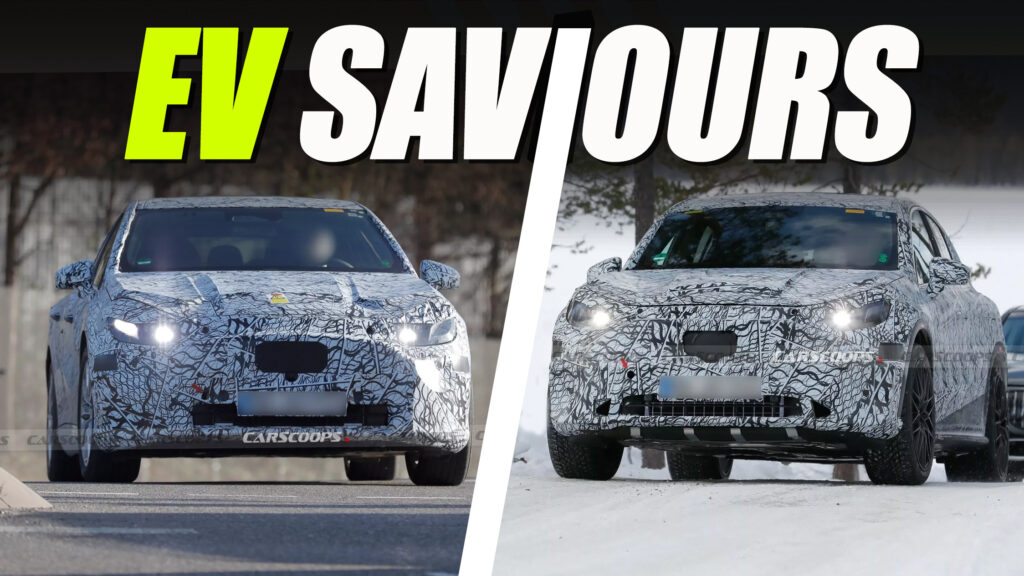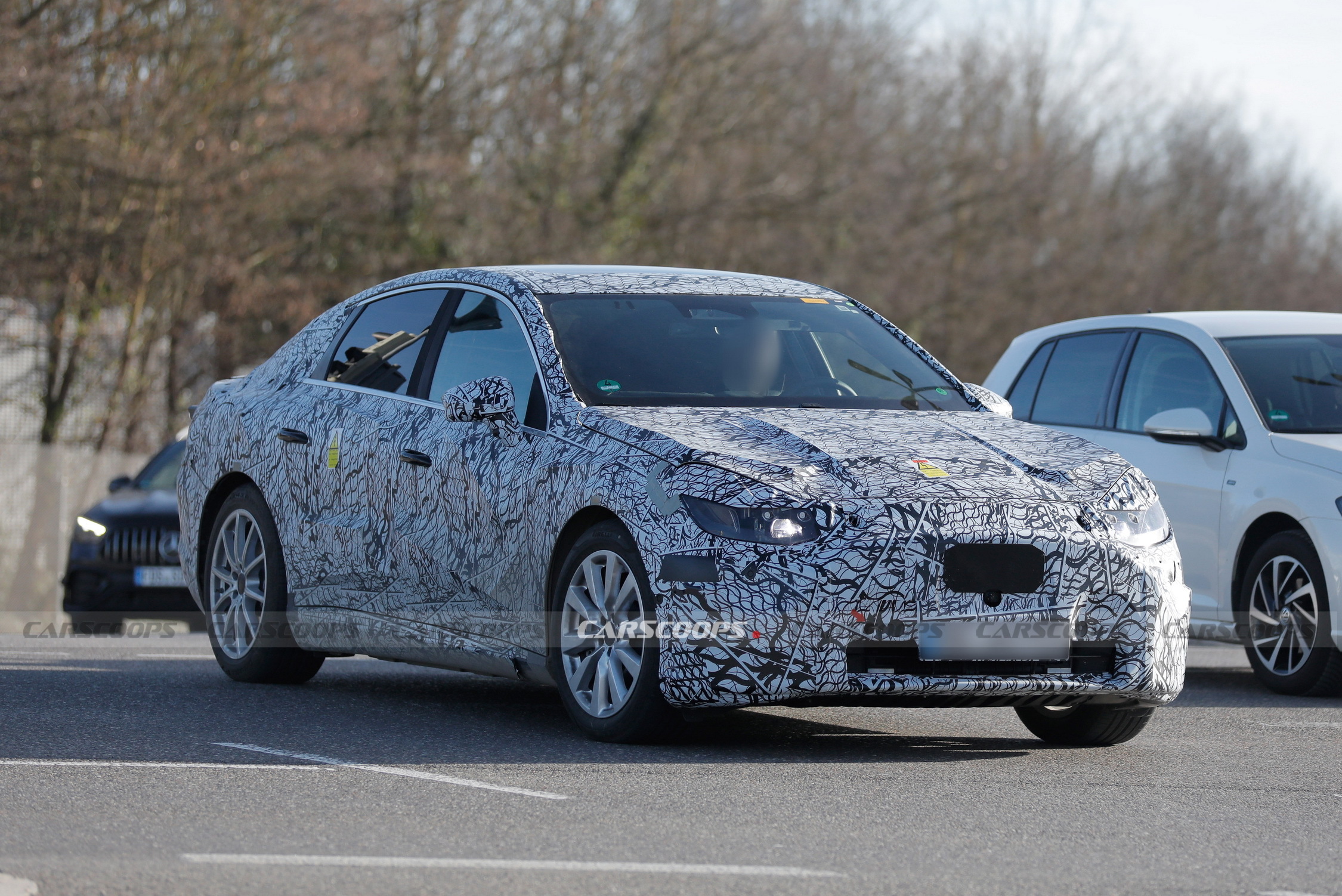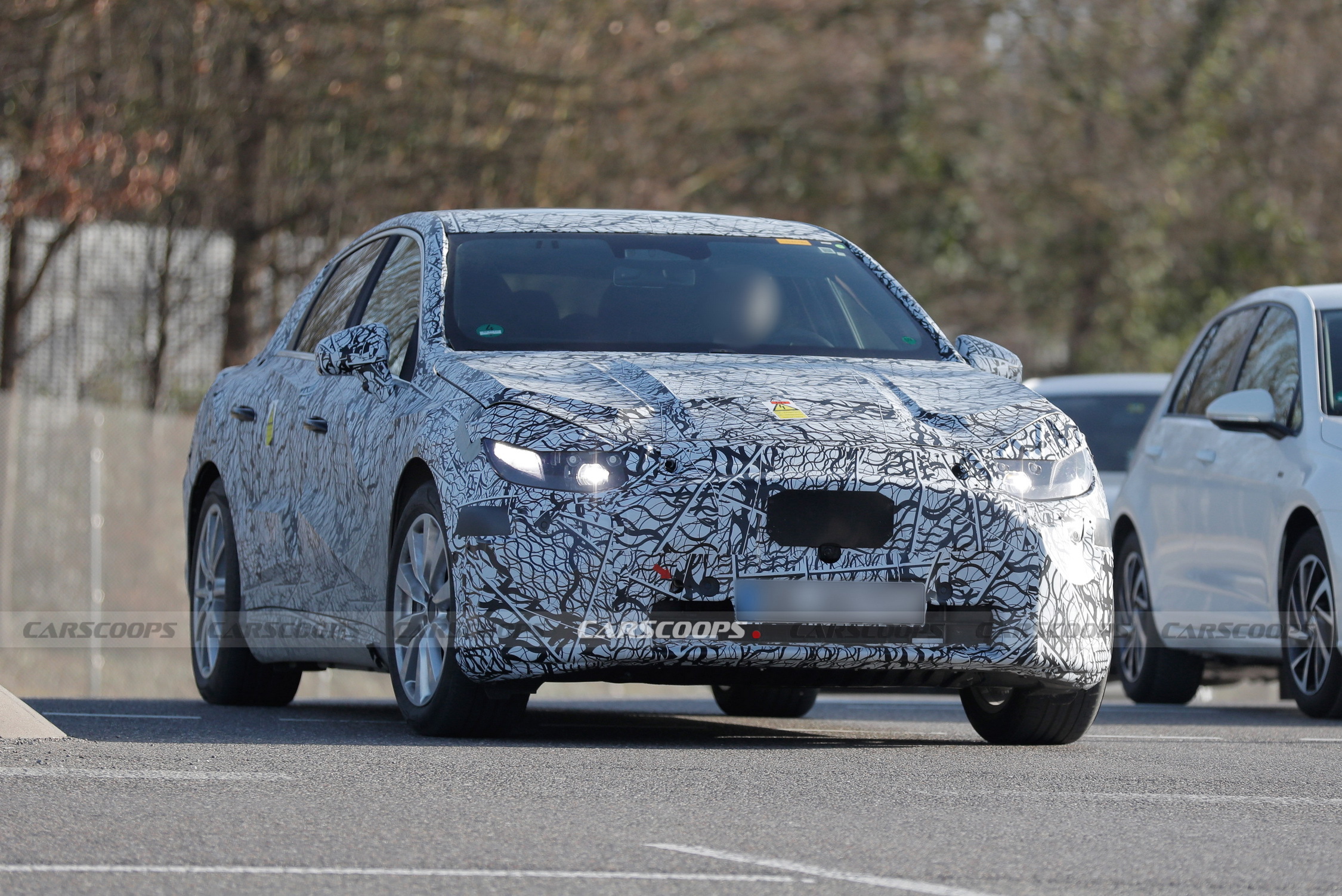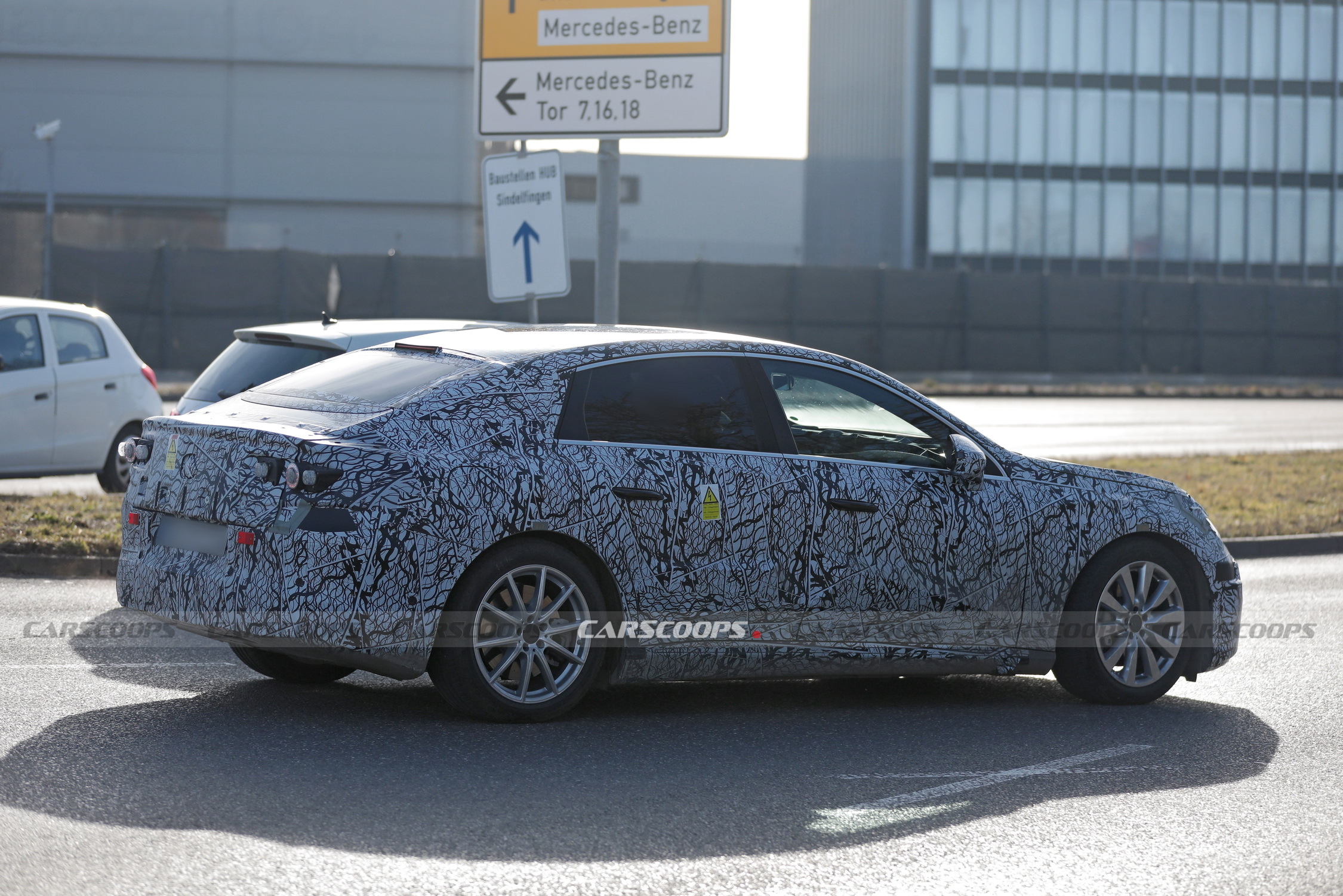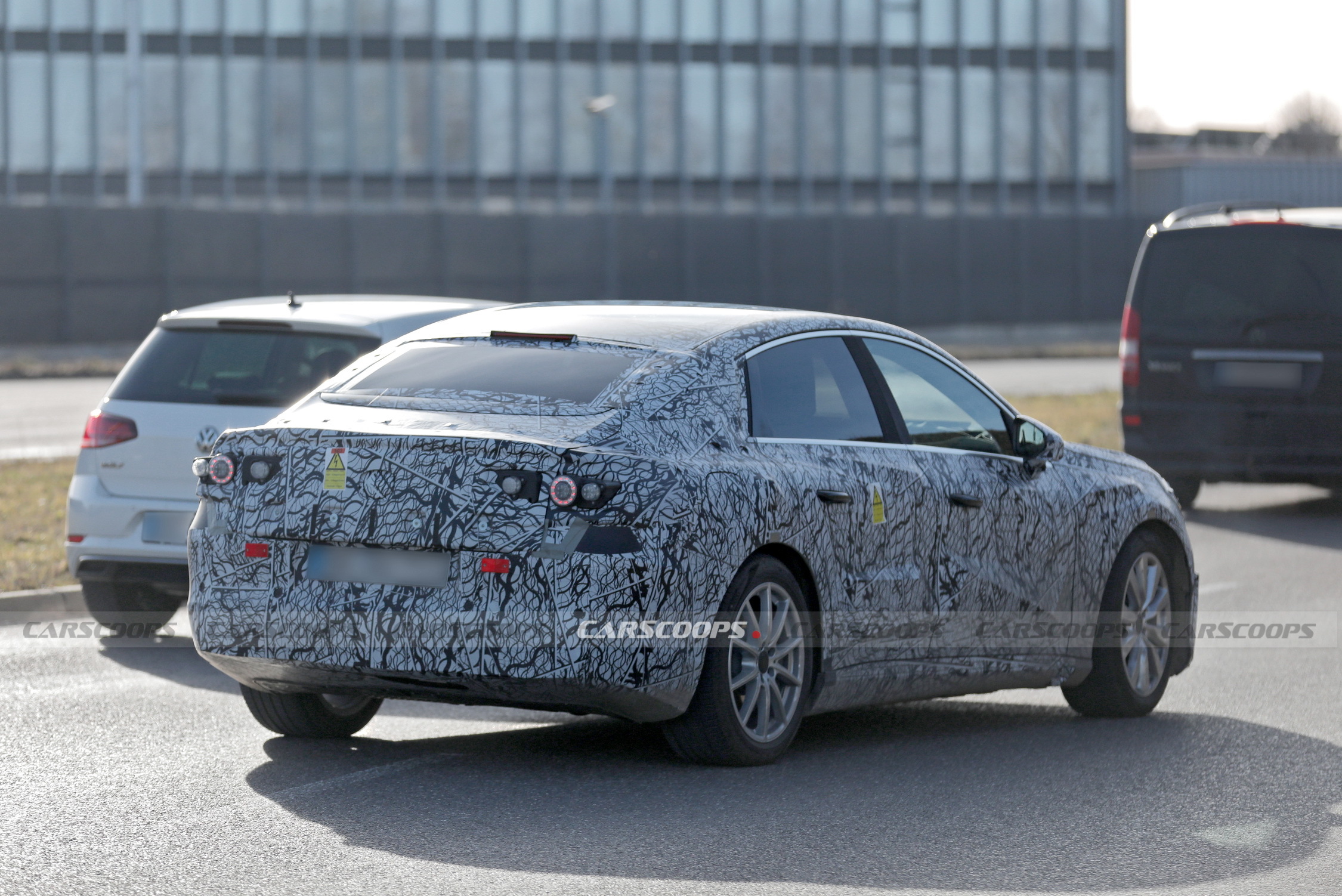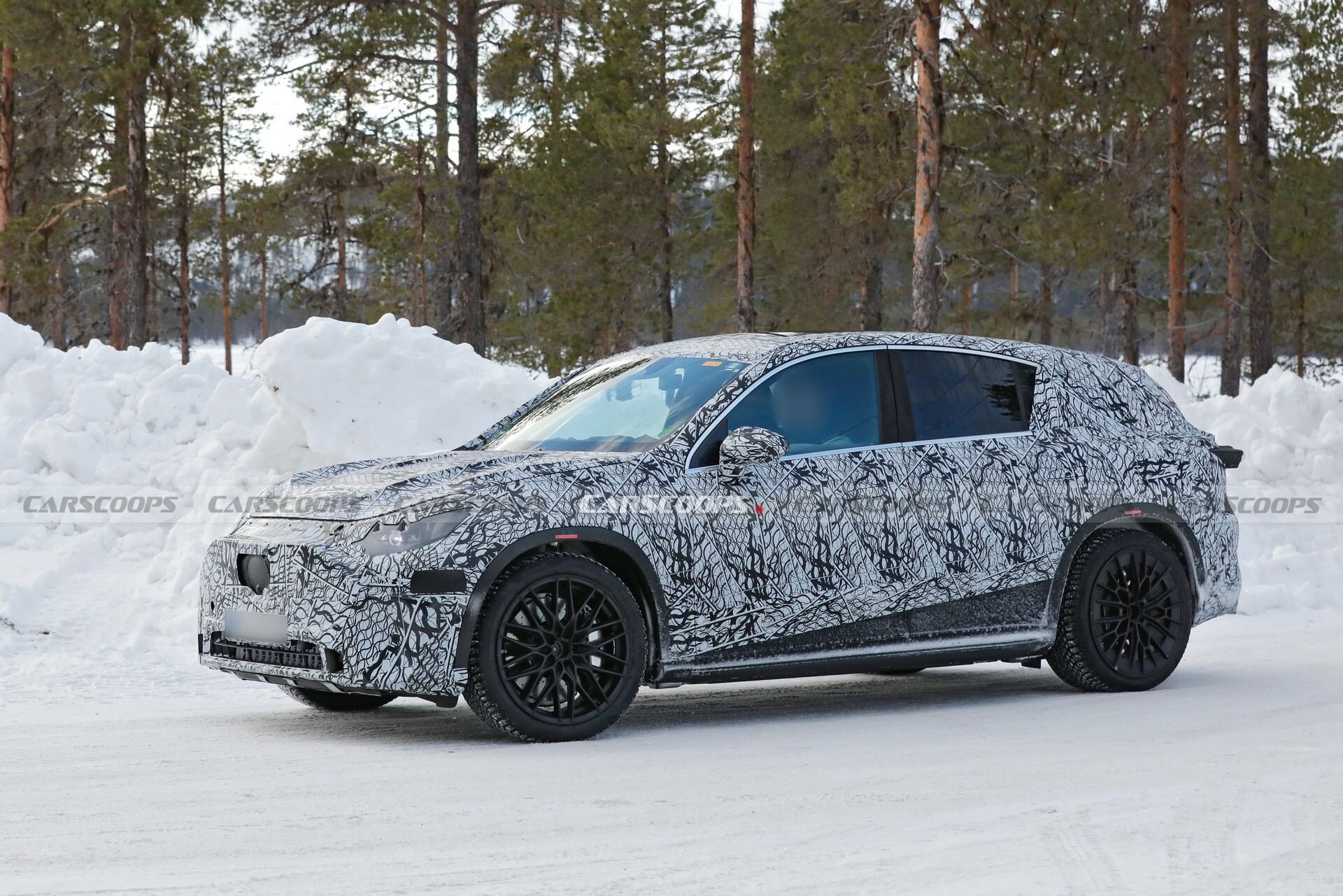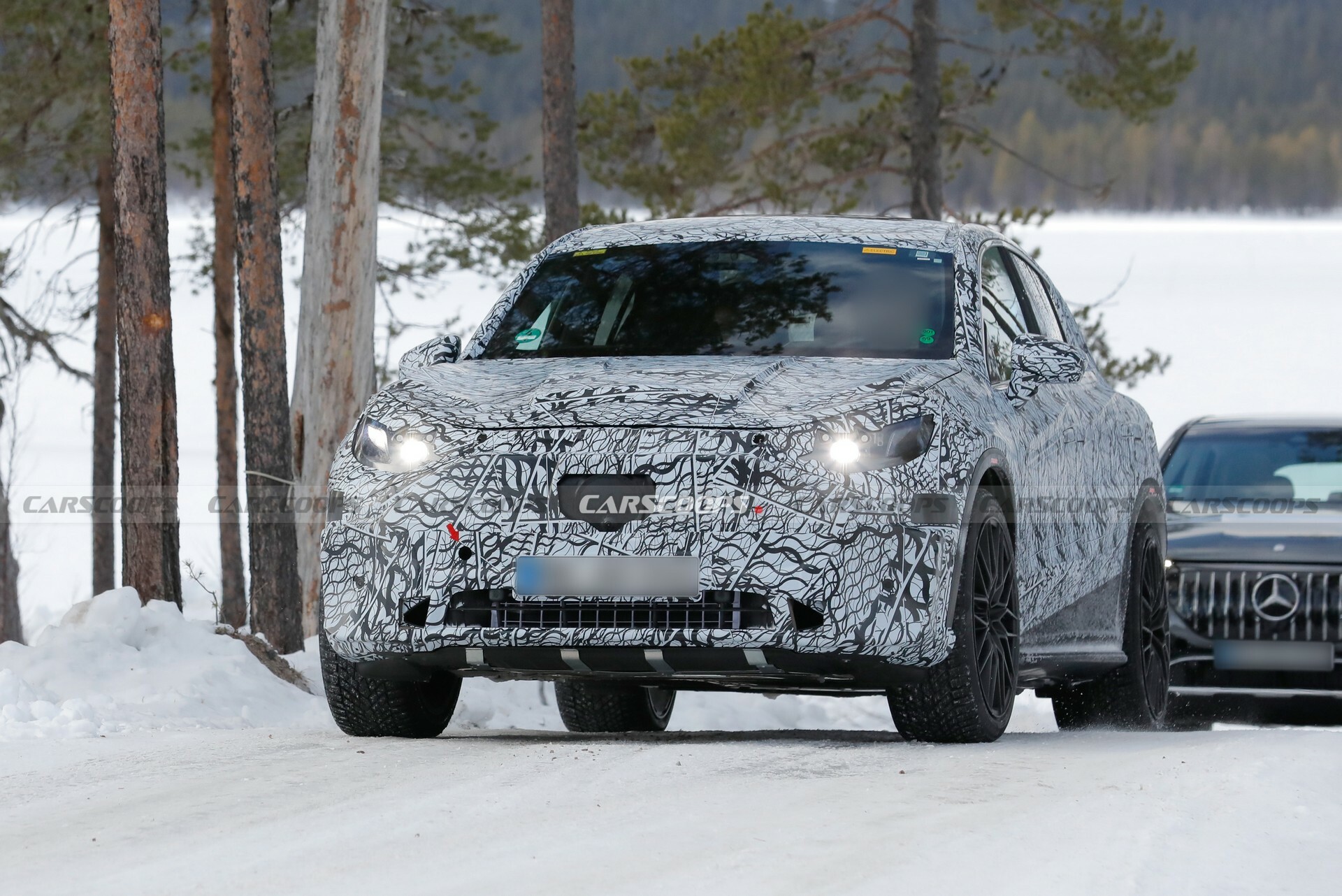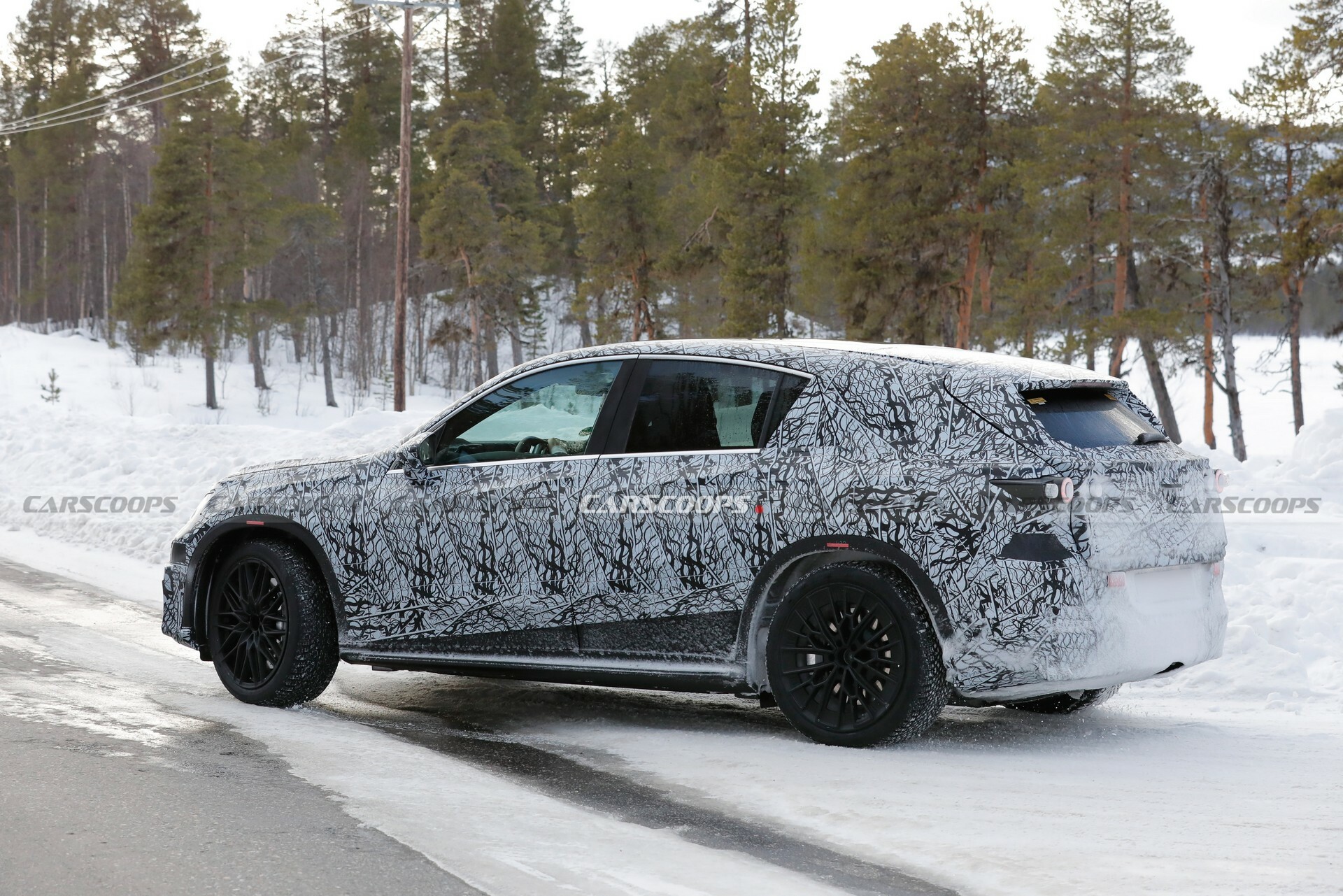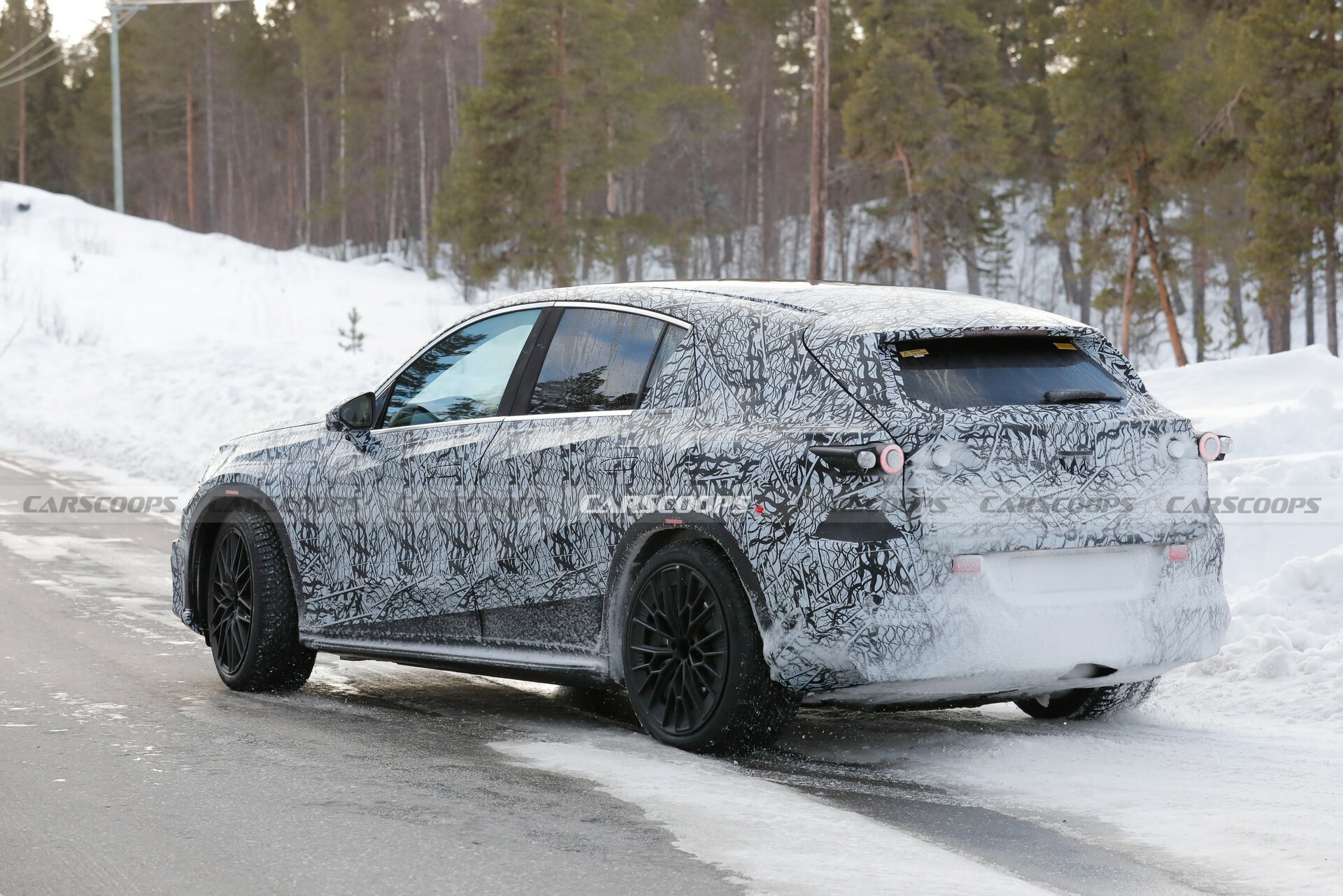- Mercedes CEO, Ola Kallenius, said that the EV versions of the C-Class sedan and GLC SUV will debut in 2026.
- The all-new models will ride on the MB.EA architecture.
- Kallenius admitted that if EV sales don’t increase, Mercedes might need to collaborate with other automakers in 2025.
Ola Kallenius, the CEO of Mercedes-Benz, confirmed the launch of fully electric versions of the C-Class sedan and the GLC SUV in 2026, based on the new MB.EA architecture. The two models belong to the “core luxury” segment of Mercedes and are expected to play an integral role in boosting the EV sales mix of the brand following the recent clouds.
During a press call for the financial results of Q2 2024, Kallenius said: “But very, very importantly, in 2026, as you already know, MB.EA comes with the electric C-Class and GLC, which at the moment for premium luxury manufacturers is the biggest segment for EVs”. The CEO added that “the faster ramp-up of EVs comes into play when we fill up our offering of products, that’s what we’re doing there.”
More: 2026 Mercedes-AMG C-Class EV Takes Aim At Tesla Model 3 Performance
Our spy photographers have already caught camouflaged prototypes of what appears to be an electric C-Class. The Tesla Model 3 competitor has also been caught testing in performance-oriented AMG flavor. Something similar is expected for the electric GLC-Class, which has also appeared during testing, hinting at a Tesla Model Y and BMW iX3 rival.
At the moment, it is not clear if Mercedes will use the EQC moniker for the upcoming EVs, or opt for more traditional alternatives including the C-Class and GLC nameplates. The tricky part is that the existing ICE-powered models will most likely remain on sale alongside their EV counterparts, at least for a couple of years.
Baldauf
Initially, it was thought that the MB.EA platform would replace the EVA2 architecture which is currently used in the EQE and EQS models. However, recent reports about a halt in the development of larger electric models, suggest that the two platforms will live together for a few years.
When the new models roll out, Mercedes will have a total of four EV-ready platforms, including the smaller Mercedes Modular Architecture (MMA) in the compact-sized 2025 CLA which will also be compatible with hybrids, and the AMG-EA, set to underpin bigger performance models.
Troubling EV Sales, Flexibility On The Horizon
In the second quarter of 2024, Mercedes sold 45,843 EVs, 9.2 percent of its total sales, and a 25 percent drop compared to the same period in 2023. Global PHEV sales increased by 27 percent to 44,120 units, heralded by a massive 524 percent increase in the US market.
Harald Wilhelm, Board member of Mercedes-Benz, pointed out the MMA-based products in 2025 and the MB.EA-based C-Class and GLC in 2026 will bring a “fundamental change” in the Mercedes lineup in terms of sales and powertrain mix.
More: ICE-Loving Luxury Buyers Are Forcing Mercedes To Spend More On Gas Engines
Speaking about the electric future, the Mercedes CEO said: “We are continuing a very, very big investment into technology, new e-drivetrain, new electric electronic architecture, software, et cetera, for our next-generation electric vehicles and architectures. And as I mentioned, that really kicks off with the first vehicle being launched next year, the CLA. And then literally, for the years following that, it will just be one launch after the other.”
As for the ICE-powered vehicles, Kallenius noted that “flexibility” will be available “as long as the market has meaningful demand”, adding that their goal is to take it “into the ’30s at a reasonable investment level”. In the same context, he confirmed that Mercedes will “update and renew” the “relevant combustion powertrain portfolio” for new emission rules in different parts of the world. After all, wealthy buyers have shown their preference for ICE, forcing Mercedes to rethink and invest again on gasoline powertrains.
Kallenius even admitted that Mercedes might have to team up with other automakers if the EV sales don’t ramp up as fast as expected: “For 2025, we need to take a step up in Europe. Should it not be enough, then you would have to look at pooling solutions”.




